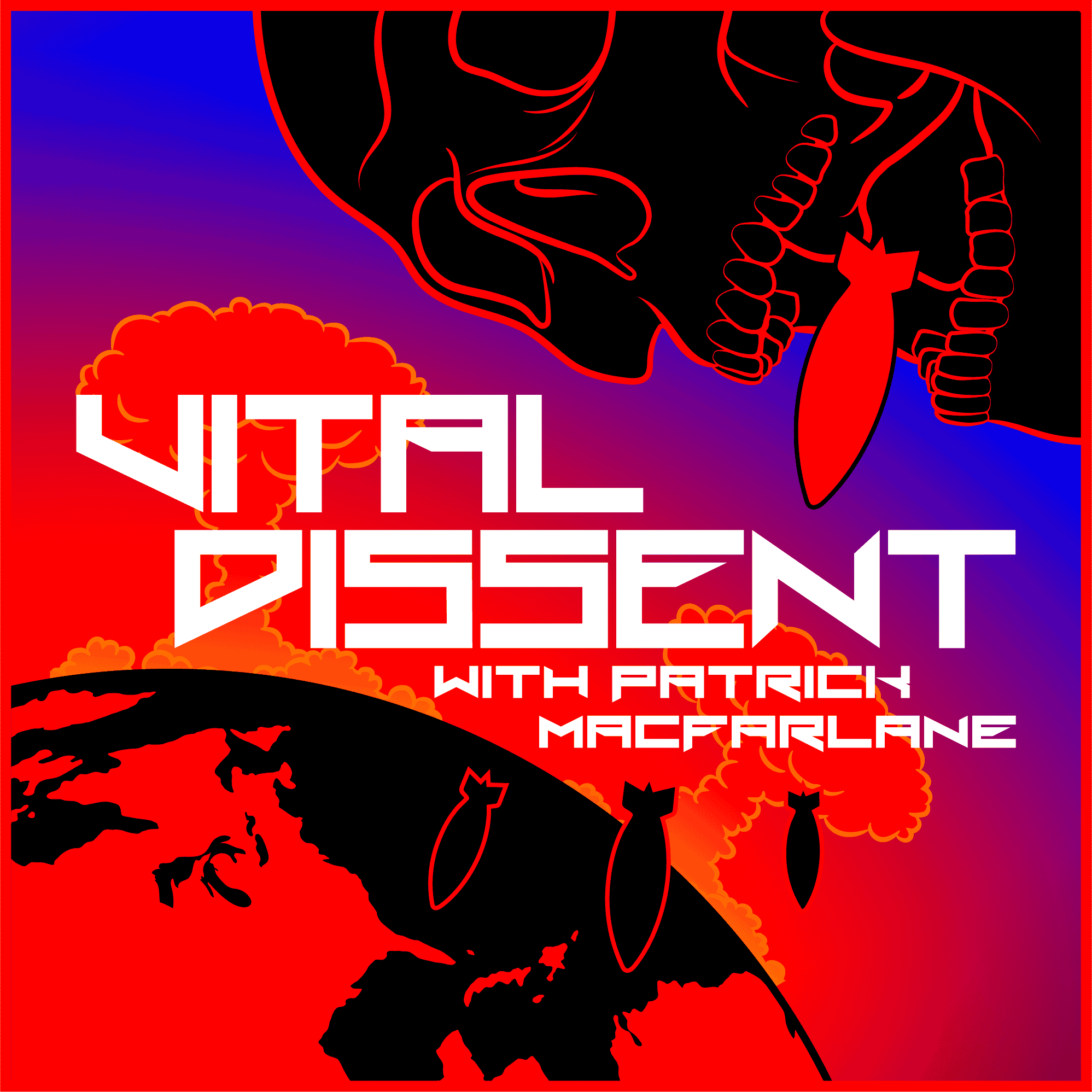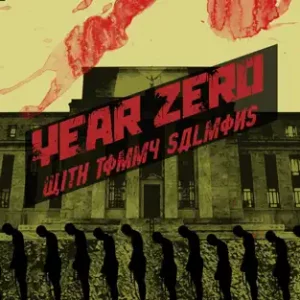How does Congress pass budget spending levels these days?
It doesn’t. It’s really that simple.
The federal government’s $6.95 trillion budget will spend more than $52,000 per household in America in 2025 and it is spending more than $38,000 of that without a single vote, and passing the remaining $13,000 with a single up-or-down, “should-the-government-shut-down-entirely?” vote, just like it does every year.
Gen Xers grew up watching Saturday morning cartoons, with ABC-TV’s School House Rock shorts during the commercials explaining to us then-youngsters how the process of passing a law worked under the U.S. Constitution. And now that I’ve got that catchy “I’m Just a Bill” tune locked impossibly in your head, here’s the bad news: that 1976 cartoon short marked the beginning of the end of that method of legislative budgeting.
Each house of Congress still typically passes a non-binding budget resolution every year in February along a party-line vote, but that’s basically it. The “mandatory” $38,000 per family spending is already slated to be spent automatically before the time of that vote. Congress only passed all its twelve regular appropriations bills for the remaining spending four times after “I’m Just a Bill” was released by ABC. And it hasn’t done it once since 1997.
Congress used to vote on all spending by the U.S. government three times every year. First, they’d vote on an overall federal budget bill that would set maximum spending limits for each of the major federal departments and agencies. The budget bill was a non-binding joint resolution passed only by the House and Senate. It didn’t spend any money and it didn’t go to the president’s desk for his signature. It was an internal “joint resolution” for Congress to organize its committees, giving the latter maximums for spending.
Next, the corresponding House committees would work on their budget area, the Agricultural Committee would work on the U.S. Department of Agriculture, the Armed Services Committee would work on the Defense Department, etc. Each committee was required by House and Senate rules to release an “authorization” bill that would set new rules and recommended funding levels for their departments, which each branch of the legislature would pass, and send on for the president to sign. Though the authorization bill had funding levels, the authorization bill technically didn’t include any funds, because its purpose was to change the programs themselves.
Finally, the Appropriations Committee in the House would put together a dozen different “appropriations” bills, one for each committee authorization bill, that would actually fund the agencies according to the authorization bill, if passed into law. The appropriations bill was just supposed to be a raw funding bill, not one that changed laws, but sometimes by cutting or increasing funding they did.
In essence, the authorization bill shaped the cup that would carry the program money and the appropriations bills filled the cup with money, typically to the brim.
This set-up forced Congress into giving at least some annual consideration to the giant programs funded by the federal government. It also put congressmen on record as having voted for the spending with at least two roll call votes on each program area spending, and often several dozen more votes as different caucuses or senators proposed cuts or increases in spending with their amendments (i.e., the Congressional Black Caucus would propose to increase social spending and Rep. Ron Paul would propose to eliminate agencies), or with a vote for the “conference report” that would iron out differences between the House- and Senate-passed versions.
But this process is long gone. “I’m Just a Bill” is to the modern legislative process as the Justice League is to Amazon’s The Boys.
The real process is even worse than the satires of “I’m Just a Bill” (here and here) imply.
Congress recognizes two kinds of spending, the automatic “mandatory” spending and the “discretionary” spending Congress must vote on annually to be able to fund.
By the mid-1990s, the “mandatory” proportion of the federal budget had risen to about two-thirds of all federal spending. Today, it’s nearly three-quarters of all federal spending. And it’s automatic; it’s funded whether Congress votes to spend it or not, typically with automatic spending increases to fund fully whatever laws previously enacted.
The problem is that many of these automatically funded “mandatory” bills go back a long way. A really long way. Take, for example, Social Security, which was enacted by Congress in 1935. While Congress has passed a few changes in it over the years, the basic benefit and spending regimen is largely unchanged. And virtually all of the spending for the program is mandatory, with automatic spending increases for inflation and more recipients as more baby boomers retire, without a vote of Congress.
So it shouldn’t be any wonder why federal deficit spending has averaged over $2 trillion per year in this decade. And the 2025 federal deficit of $1.865 trillion is about equal to total discretionary spending of $1.879 trillion. The Congress could eliminate the Department of Defense entirely along with all other discretionary spending and just barely balance the federal budget. In the next couple years, eliminating all discretionary spending will not eliminate the deficit.
It’s popular to say the federal budget marks the will of the American people, or at least that of its elected representatives. What they don’t tell you is that much of the budget reflects the will of the American people’s Congress in 1935, and much of it is spent because of a law enacted by congressmen who haven’t served the American people in ninety years.
And while most of the current Congress would likely rubber-stamp Social Security program spending if forced to vote on it, other mandatory spending like commodity support programs of the U.S. Department of Agriculture (programs that spend tax dollars to keep farm prices high for consumers as a subsidy to farmers, making taxpayers double-losers for paying both the taxes to support the program and then higher prices at the supermarket) or federal student loans and subsidies for college might not fare so well if they came to a vote every year.
Federal farm subsidies go back to laws enacted in the 1930s, and college loan programs were started in the 1960s. Nearly all of the congressmen who enacted these laws still being automatically funded today have been gone from Congress for many decades, and the vast majority of them are no longer among the living.
American democracy today is a democracy of the dead.
The final pivot in Congress took place in the 1990s, when President Bill Clinton had it out with Republican Speaker of the House Newt Gingrich. Clinton threatened to shut the whole government down if spending cuts were enacted; an incredible and ironic bluff, given that Clinton wanted a bigger and not a non-existent government. And even though the Republican Congress had all the cards, Speaker Newt Gingrich completely folded. Federal spending continued unchecked. That battle demonstrated that the executive branch could successfully bully Congress into passively allowing the status quo ante, even with a Congress willing to (and specifically elected to) enact spending cuts.
It used to be for Congress to spend any money it needed an affirmative majority vote of both houses of Congress and the signature of the president, or two-thirds of both houses of Congress to override a presidential veto. Now, most spending is automatic, with built-in spending increases, and can only be stopped by an affirmative vote of both houses of Congress and the signature of the president or two-thirds vote of both Houses of Congress. And that’s a tough feat to pull off.
The legislative hurdle on spending has flipped. But the illusion of popular approval of federal spending by America’s zombie Congress persists.
A big part of the reason Gingrich and the Republicans caved in the 1990s, and why they continue to cave today, is that the GOP has been strongly supportive of the warfare state. There’s a constitutional two-year limitation on military spending bills, so all of it is discretionary spending that needs regular approval. The whole system of Democrats cucking Republicans who are intent on spending cuts works because the largest item on the discretionary side of the budget divide is military spending. Republicans wouldn’t dream (or dare) letting that funding be deleted, cut or delayed.
The other trick used by congressional leadership is to throw every bit of federal discretionary spending for the whole year into one “omnibus” bill that is called a “continuing resolution.” The omnibus bill is always sold to rank-and-file congressmen by congressional leadership as a temporary measure so that they can get the regular twelve appropriations bills in order, but it’s really just a power-grab by the congressional leadership to keep the money flowing on an ever-increasing level.
“It’s political theater,” Rep. Thomas Massie (R-KY) said in an epic and prophetic rant last September. “It’s good theater; we’ve got great writers. I wish they’d just come up with a new plot. It’s the same plot every fiscal year.”
Massie noted that leadership, regardless of which party is in charge, doesn’t want congressional committees poking around at mandatory funding levels. As a result, they come up with a vote-for-this-bill-or-shut-the-whole-federal-government-down gambit every year:
“Why do we always spend at least as much as we did last year, and why do we never cut spending? It’s because Democrats want to grow the welfare state and Republicans want to grow the Military-Industrial Complex. And we’re eventually going to get together, and they’re both going to go up, I guaran-damn-tee it. And both parties are just fine letting the bureaucrats do their thing, which should be our thing according to Article I, Section 8 in the Constitution.”
The omnibus trick lets congressmen go back to their districts with plausible deniability that they had no choice to vote for the bill, or the whole government would have shut down. “I’m not for that spending either,” they plead to voters, “but I didn’t have a choice. But we’re working on straightening this out.” Or, if the other party is in charge, “There’s nothing we can do while those Republicans (or Democrats) control the Congress.”
Massie complained that “I refuse to be a thespian in this failure theater,” but there are a lot of other amateur (and even professional) thespians in politics today.
The good news is that the Republican Party has trended toward being the peace party in recent years; Donald President Trump, who campaigned on increasing military spending in 2016 and 2020, campaigned on cutting military spending and ending wars in 2024. Sure, Trump hasn’t followed through, but the trend remains potentially a big problem for the zombie spending process.

















